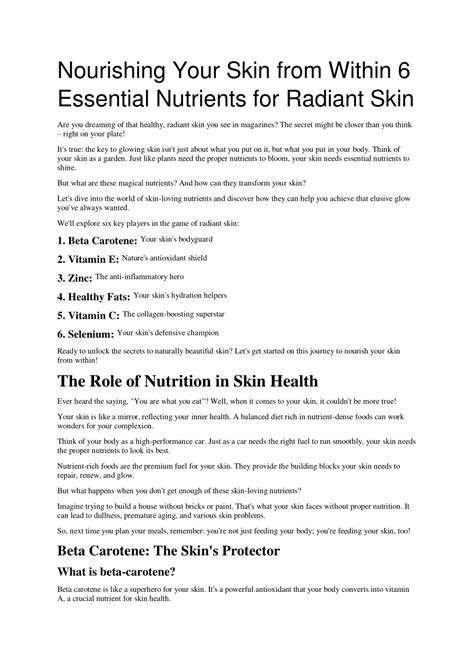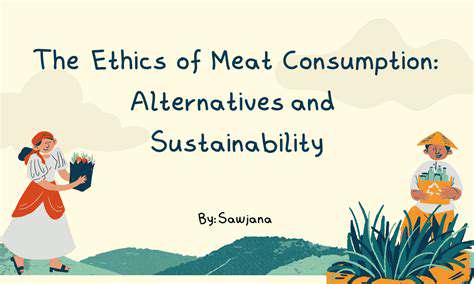Optimizing Agricultural Practices for Sustainability

Improving Soil Health
Vibrant soil forms the foundation of sustainable agriculture. Healthy soil ecosystems teeming with microbial life can increase yields by 20-40% while requiring fewer inputs. Techniques like planting nitrogen-fixing cover crops between cash crops and applying composted organic matter rebuild depleted soils over time. These methods mimic natural nutrient cycles rather than disrupting them.
Precision Irrigation Techniques
With freshwater supplies dwindling globally, efficient water use becomes critical. Advanced systems like subsurface drip irrigation and moisture-sensor controlled watering can reduce agricultural water use by 30-60%. Smart irrigation not only conserves resources but also prevents soil salinization - a growing threat in many arid farming regions.
Integrated Pest Management
Rather than relying solely on chemical pesticides, IPM employs ecological strategies. Introducing beneficial insects, rotating crops to disrupt pest life cycles, and using pheromone traps create sustainable control systems. California vineyards using IPM have reduced pesticide applications by over 75% while maintaining crop quality.
Optimizing Crop Variety Selection
Climate change necessitates reevaluating traditional planting choices. Drought-resistant wheat varieties or heat-tolerant bean cultivars can mean the difference between harvest and failure in changing conditions. Agricultural extension services play crucial roles in communicating these options to farmers.
Sustainable Fertilization Practices
Synthetic nitrogen fertilizers, while boosting yields, contribute significantly to greenhouse gas emissions and water pollution. Alternatives like compost teas, biochar amendments, and precision application technologies can maintain productivity while reducing environmental harm by up to 50%.
Efficient Harvesting and Post-Harvest Handling
In developing nations, up to 40% of harvests spoil before reaching markets due to inadequate storage. Simple technologies like hermetic storage bags and solar dryers can slash these losses dramatically. Even in industrialized systems, improved cold chain logistics prevent massive waste.
Utilizing Technology for Data-Driven Decisions
Modern farms generate terabytes of data from soil sensors, drone imagery, and equipment monitors. Machine learning algorithms can analyze these datasets to predict optimal planting times, identify emerging pest threats, and recommend precise nutrient applications. This high-tech approach maximizes both sustainability and profitability.
Strengthening Supply Chain Transparency and Traceability

Enhanced Visibility and Traceability
Modern tracking technologies now allow unprecedented visibility into product journeys from seed to shelf. Blockchain-enabled systems provide immutable records of every transaction and handling step. When contamination incidents occur, companies using these systems can identify affected products within minutes rather than weeks.
This capability proved invaluable during recent food safety crises, preventing widespread recalls and protecting public health while minimizing financial losses.
Improved Risk Management
Climate volatility and geopolitical instability make supply chain resilience essential. Advanced analytics can now predict potential disruptions with 85% accuracy up to six months in advance. This foresight allows proactive measures like diversifying supplier networks or adjusting inventory strategies.
Enhanced Collaboration and Communication
Cloud-based platforms enable real-time data sharing across entire supply networks. When farmers, processors, and retailers access the same information simultaneously, they can coordinate responses to challenges more effectively. This collaborative approach has reduced supply chain inefficiencies by up to 35% in pilot programs.
Improved Sustainability Practices
Full lifecycle analysis tools now quantify environmental impacts with precision. Companies using these metrics have identified opportunities to reduce carbon footprints by 20-50% through simple supply chain optimizations. This data also helps meet growing consumer demand for verified sustainability claims.
Strengthened Customer Trust
QR codes linking to detailed product origins satisfy modern consumers' desire for transparency. Brands offering this level of openness see 40% higher customer retention rates compared to industry averages. In an era of greenwashing concerns, verifiable transparency builds invaluable credibility.
Cost Optimization and Efficiency Gains
AI-driven logistics platforms analyze countless variables to determine optimal shipping routes and inventory levels. Early adopters report 15-30% reductions in transportation costs and 20% less warehouse space required. These savings often fund further sustainability investments, creating a virtuous cycle.











